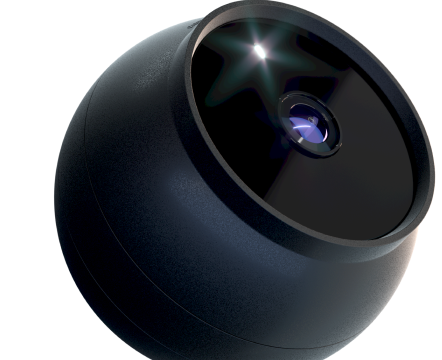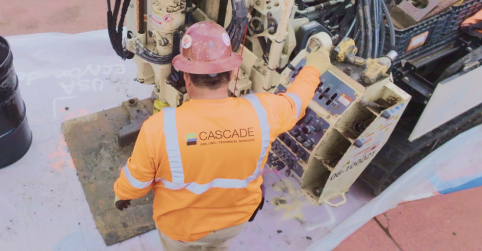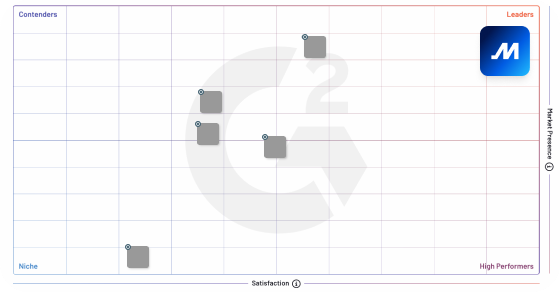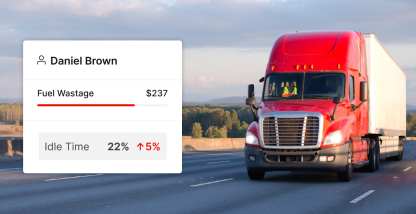Efficient fleet operations focus on performance and asset productivity. As a fleet manager, you know there are many elements to monitor and track to ensure your fleet’s functioning at its highest level and your equipment is being utilized effectively. That’s why many fleet managers rely on fleet management software to improve their operations. The real-time visibility that fleet management technology offers can improve a fleet’s productivity, profitability, and driver safety. This article shares several strategies to fully leverage fleet management software to improve your day-to-day fleet operations.
What is fleet operations?
Fleet operations is an umbrella term for the many tasks and responsibilities that must be managed to ensure a fleet runs smoothly. These activities can include:
- Dispatch and scheduling
- Asset life cycle and utilization
- Vehicle procurement, maintenance, and replacement
- Driver coaching, training, and reward programs
- Compliance (drivers and license checks, recording vehicle inspections and audits, reporting for regulatory and legal requirements)
- Monitoring and controlling fuel and emissions
- Insurance, accidents, and risk
- Budget and cost control, including revenue forecasting
By integrating vehicle telematics with fleet management software, you can gain visibility into all these aspects of your operation. Knowing more, and being able to view operations data in real time, can help you increase asset efficiency, improve driver satisfaction and safety, and decrease costs.
How to improve fleet operations in 8 steps
Fleet managers need to maximize asset utilization while managing safety, driver coaching and retention, and compliance concerns — all while working to reduce costs. No matter the size of your fleet, meeting all of these responsibilities can be a challenge. Yet, the right fleet management automation can help. Here’s how to improve your fleet operations with the help of accurate reporting, data integrations, and predictive analytics.
1. Simplify dispatch
Finding the most time- and cost-efficient routes requires balancing many factors. Depending on your setup, it may require consulting many different tools. Fleet management software optimizes dispatch by performing otherwise time-consuming calculations quickly and accurately. Having all your data in a centralized platform can also save the back office time and effort.
By integrating fleet data from your telematics and tracking technology, you can reduce time to action and deliver the best customer experience possible. Your drivers will also be happier when routed effectively so they can make the most money on the road.
2. Maximize vehicle and asset utilization
Avoiding detention time is a priority when it comes to fleet operations. Pairing GPS tracking technology with route optimization software supports optimized vehicle and asset utilization. AI-powered fleet management software can help in many ways. Benefits of AI include:
- Finding the shortest routes to reduce fuel costs and carbon emissions
- Analyzing customer time-frames to cut detention time
- Calculating vehicle capacity to move more cargo in a timely manner
- Anticipating traffic congestion, accident, or weather issues to avoid idling
With GPS tracking, you can also view driver status in real time and implement geofencing to combat the theft or misuse of physical assets.
3. Enhance communication
Fleet managers and drivers face a steep administrative burden. Address this challenge with automation that reduces the need to make updates via calls and messages from the road to the office and vice versa. With real-time transparency via fleet management software, you can also cut the need for phone calls to check in.
Enhanced visibility and communication can improve accountability to customers as well. Gain the ability to send accurate ETAs to customers with technology that automatically tracks all fleet vehicles and calculates when they’ll arrive at their designated stops. Tech that accounts for vehicle speed, unexpected travel time, and any other obstructions eliminates a lot of calls to drivers to find out where they are.
4. Improve fuel efficiency
Fuel is a big expenditure in most fleet operations. Yet fuel price fluctuations make it difficult to accurately project bottom-line impact. The best solution? Optimize fuel consumption.
Fleet management tools help limit fuel consumption. Using telematics data, the software can help you to:
- Cut down on costly idling
- Improve route planning
- Dispatch and route more efficiently
- Identify drivers who could benefit from better fuel consumption habits
5. Automate driver coaching
Fuel efficiency isn’t the only area where your drivers might benefit from targeted coaching. Address top safety concerns such as speeding, insufficient space cushion, and using mobile devices with AI-powered analysis of driver dash cam videos. Drivers can be automatically notified of risks while on the road. After their routes are completed, you can further coach your drivers on unsafe behaviors.
The insights from dash cams and data integrations help to reduce risk and increase the effectiveness of driver coaching. With powerful tools analyzing the risk and severity of events, fleet managers can focus their attention on the events that matter. Using video footage, they can experience the driver’s perspective and show them how to avoid dangerous driving events in the future.
6. Prioritize safety
Driver safety is a top objective in fleet operations. A single incident can financially cripple your business. With the right AI-powered platform, fleet managers can accurately detect unsafe driving behaviors and automatically coach drivers to minimize risk.
With the average cost of an injury-causing collision reaching $200,000, the right safety platform can influence your bottom line by analyzing data trends to identify risky drivers. Integrating an AI dashcam can also help reduce business liabilities when you set up alerts to notify safety managers of unsafe behaviors and notify drivers in real time. Learn more about how to build your own AI-powered safety program.
7. Streamline compliance
Automate compliance management to optimize drive time and minimize violations — while improving your CSA scores. Simplifying compliance reporting for your drivers can improve data reliability and avoid hours-of-service violations.
Full visibility into compliance health and electronic documentation of data can also reduce administrative burden. For instance, integrating vehicle telematics with your fleet management software can help resolve unidentified trips and proactively identify and monitor any critical issues. It can also reduce administrative tasks by several hours per week.
8. Embrace preventative maintenance
Vehicle breakdowns undermine efficient fleet operations. Stay on top of vehicle health with a fleet management software solution that catches issues early and notifies fleet managers of any fault code alerts. You might also tailor reporting for specific vehicles and assets to establish a planned maintenance program to keep the fleet in optimum condition and avoid breakdowns.
Being proactive, with automated vehicle and asset health reminders, can reduce potential failures that lead to hefty repair costs or, even worse, liabilities due to traffic accidents.
Find the right fleet operations solution
Now that you know how to improve fleet operations with fleet management software, you’ll want to know how to find the right solution for your needs.
The best fleet management software lets you monitor and manage all essential fleet operations in one place. Look for software that serves as a centralized operational platform for fleet and safety managers as well as back-office staff and drivers. Integrating data from telematics, GPS, fleet software, and vehicle dash cams in one centralized platform can help streamline day-to-day activities and increase performance.
Ask questions about how the fleet management tool will help you control maintenance costs, reduce risks, and ensure compliance. This, in turn, can benefit your employee retention and improve safety, both of which can drive increased profitability.
Improve your fleet operations — get started today
Effective fleet management is in high demand across industries. Customers in transport and distribution, delivery, construction, utility, public transport, agriculture, and many other industries all benefit from the ability to track fleet activities effectively, increase safety, make better business decisions, and run operations efficiently.
Connect with a Motive representative to learn more about how our AI-powered technology supports fleet operations of all sizes.










